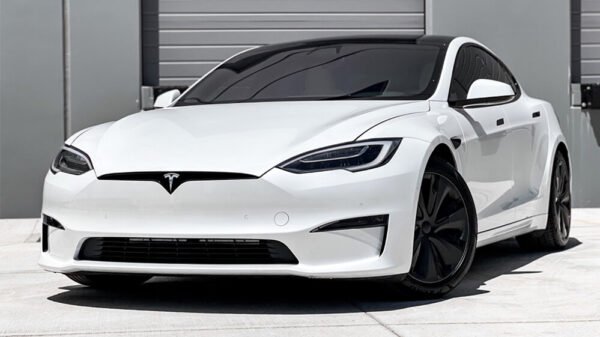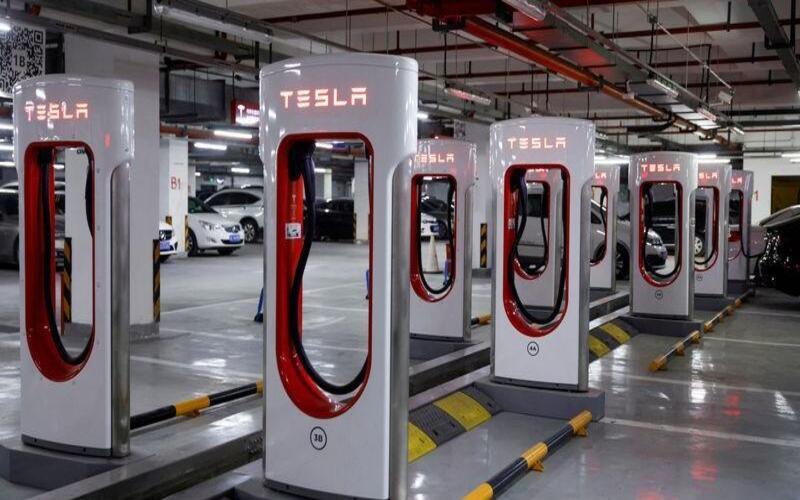The renowned electric vehicle manufacturer Tesla continues to be a prominent player in the automotive industry, spearheading the transition to sustainable transportation. As a significant force in the market, investors and enthusiasts closely follow Tesla’s financial performance. This article delves into Tesla’s recently reported Q2 2023 gross margin and analyzes its implications on the company’s growth trajectory.
Understanding Gross Margin and Its Significance
Before we delve into the specifics of Tesla’s Q2 2023 gross margin report, let’s briefly understand what gross margin entails. Gross margin represents the difference between a company’s revenue and its cost of goods sold (COGS), expressed as a percentage. This financial metric is a key indicator of a company’s operational efficiency and profitability on its core products or services.
A higher gross margin suggests that the company generates more profit per dollar of sales, signifying better cost management and pricing strategies. Conversely, a lower gross margin may raise concerns about production costs, pricing competitiveness, or potential supply chain challenges.
Tesla’s Q2 2023 Gross Margin Performance
In the recently released financial report for the second quarter of 2023, Tesla reported a sequentially lower gross margin. This metric indicates that the company’s production costs have increased relative to its revenue compared to the previous quarter.
The reported figures reveal Tesla’s dedication to innovation and expansion, particularly in the face of market challenges and rising demand for electric vehicles. Despite a lower gross margin, analyzing the factors contributing to this change is crucial before drawing any definitive conclusions.
Factors Influencing Tesla’s Gross Margin
Several factors can influence a company’s gross margin; Tesla is no exception. Let’s explore some potential reasons behind the sequential decrease in Tesla’s Q2 2023 gross margin:
1. Production and Supply Chain Costs
As Tesla ramps production to meet increasing demand, operational costs may rise, impacting the gross margin. The company’s efforts to optimize its supply chain and manage production expenses could significantly shape the gross margin trajectory.
2. Pricing and Competitive Landscape
The automotive market is highly competitive, with several players vying for market share. Pricing pressures and introducing competitive models might have compelled Tesla to adjust its pricing strategy, influencing the gross margin.
3. Investments in Research and Development
Tesla’s commitment to innovation drives ongoing investments in research and development (R&D). While these investments foster cutting-edge technologies and product improvements, they can temporarily impact gross margins until economies of scale are achieved.
4. Regulatory Environment and Incentives
The regulatory landscape can significantly impact the EV industry. Changes in government incentives or compliance requirements may influence Tesla’s gross margin as the company adapts to evolving policies.
Analyzing Tesla’s Growth Trajectory
Despite the sequentially lower gross margin, viewing Tesla’s performance holistically is essential. The company’s focus on global expansion, the introduction of new models, and advancements in battery technology are crucial factors that contribute to its long-term growth trajectory.
Tesla’s dedication to sustainability, electric vehicle infrastructure development, and energy-related ventures positions the company as a transformative force in the automotive and renewable energy sectors. These strategic initiatives have garnered Tesla a strong global presence, a loyal customer base, and the potential for continued growth in the coming years.
Conclusion
Tesla’s Q2 2023 gross margin report provides a glimpse into the company’s financial performance during this period. It’s essential to interpret this data within the context of the ever-changing automotive market and Tesla’s strategic goals.
As the electric vehicle industry continues to evolve, Tesla’s commitment to innovation, sustainability, and expanding its market reach remains steadfast. The company’s vision of a cleaner and more sustainable future resonates with consumers and investors alike.
By understanding the factors influencing Tesla’s gross margin and analyzing its broader growth trajectory, we can gain valuable insights into its position within the dynamic automotive landscape. As Tesla continues to pave the way for sustainable transportation, its dedication to innovation and growth ensures it remains at the forefront of the electric vehicle revolution.

















































